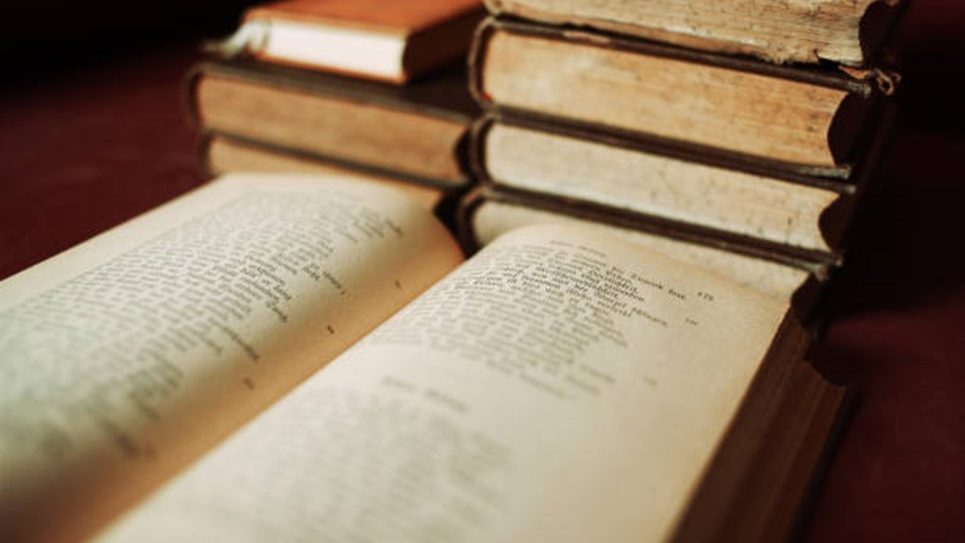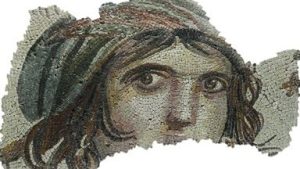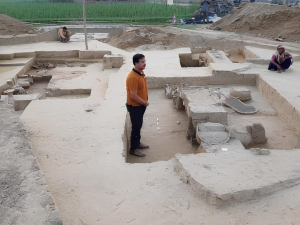The English Renaissance can be hard to date precisely. Still, for most scholars, it begins with the rise of the Tudor Dynasty (1485–1603) and reaches its cultural summit during the 45-year reign of the final Tudor monarch, the charismatic Elizabeth I (1558–1603). As literacy increased and printing accelerated, the English language rose to a place of international prestige, and distinctly English literature began to be braided from diverse cultural strands: Middle English poetry and medieval mystery plays; ballads, hymns, and popular songs; translations from classical literature and contemporary literature from the Continent.

The term renaissance means ‘a new birth’ or ‘rebirth’. The Renaissance is associated with a variety of areas such as Architecture, painting, the visual arts, and literature. However, the intellectual and cultural aspects of the 1485- 1660 period, are commonly considered the renaissance period in English literature. Renaissance began in Italy around the mid-14th century, slowly moving outward over all of Europe and reaching England around the 16th century. The Renaissance had its most important effect on painting, sculpture, architecture, and literature. Some of the features of the Renaissance are the Quest for knowledge, The rise of Civility, The new religion, etc. The English language grew during the 16th century while Greek words had always influenced words in English. It is divided into early Tudor period, prose, fiction, nonfiction, poetry, drama, etc.
The most important writings of the early Tudor period were prose histories which are called Chronicles. The verse line in 16th-century English literature shows tensions between humanist idealism and vernacular traditions, as writers of different generations struggled to find a form that would best capture the potential of a politically marginal, culturally ambitious, language. The sonnet is considered as a morphic form of enormous influence that shaped thinking and practice throughout Europe, as in texts by Louise Labé, Edmund Spenser, and Anne Locke. The typically Renaissance form of the stanzaic epic showcases another novel form, illustrated by the interlocking stanzas of Edmund Spenser’s Faerie Queene (1590–1596), and the ironic mimicking of that form with the difference in Donne’s Metempsychosis (dated 1601 but not published until 1633).
Writers in this period tended to believe that humanity was capable of great deeds on Earth, rather than just working for a reward in the afterlife. Both humanism and Puritanism worked to overthrow the cultural norms of the old religion in favour of new ideas that helped humanity, though they went about it in very different ways. There are some features of Renaissance poetry which include the Idealization of women, classical allusion and European Renaissance reference, love and loss as in the central theme, focus on the emotional state of the speaker, etc. The most common form of poetry at this time was the “sonnet”, a 14-line poem with a strict rhyming pattern. The most famous Renaissance poet, William Shakespeare wrote an array of poetry in this style. Paradise Lost also incorporates another specialty of the Renaissance: humanism. Humanists added sympathetic characteristics to morally dubious characters and focused on emphasizing the potential of man. Other famous poets from this era include Francesco Petrarch, who is frequently referred to as the first Renaissance writer, and English poet Mary Herbert.
Thus, the voices of the Renaissance In literature and poetry marked a profound shift in artistic expression, embracing humanism, individualism, and a renewed interest in classical themes. The Renaissance not only revived ancient traditions but also paved the way for new forms of literary exploration, shaping the cultural landscape for generations to come.
ARTICLE BY – SHRUNJAL VYAS | EDITED BY – SAHIL HARVANI



